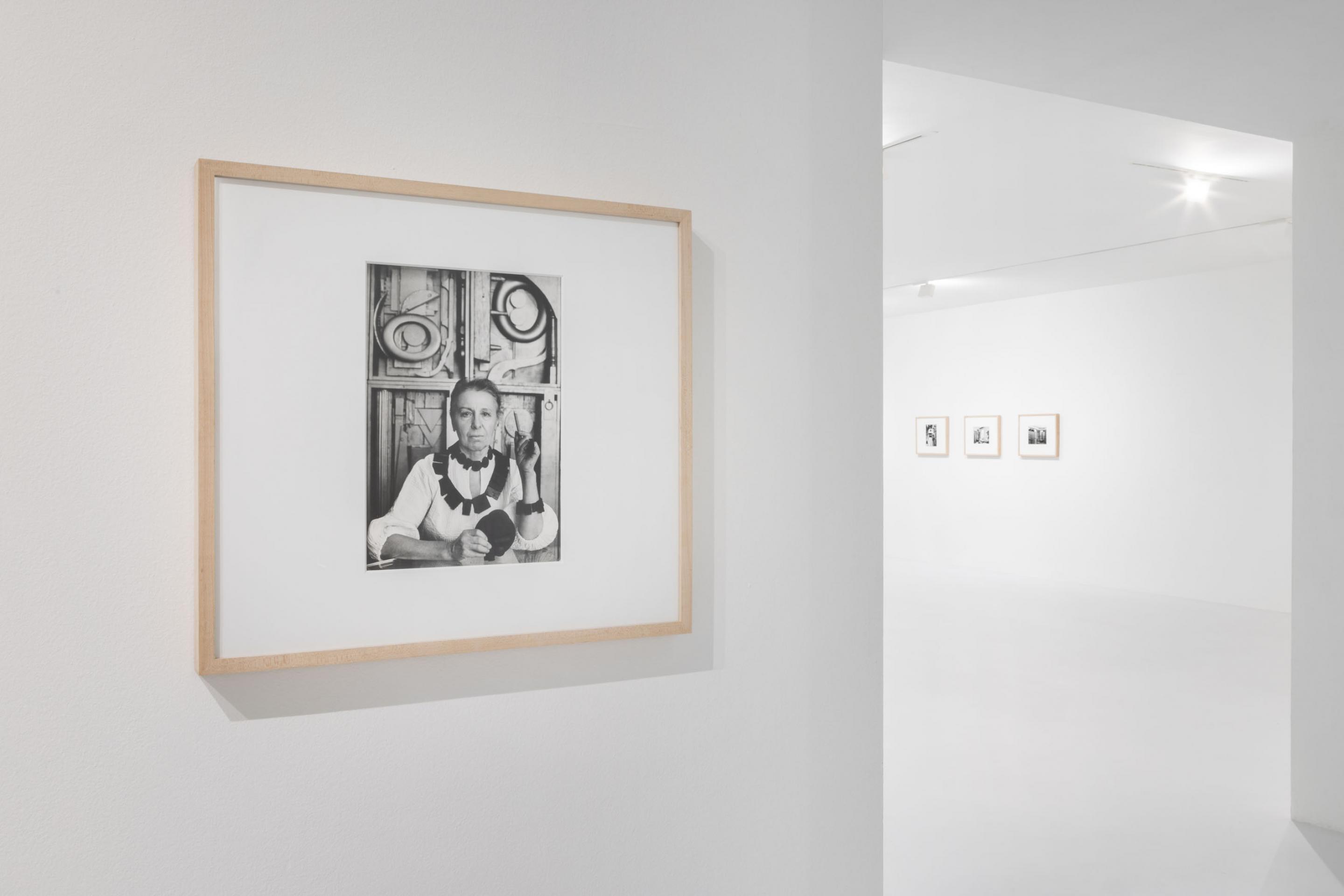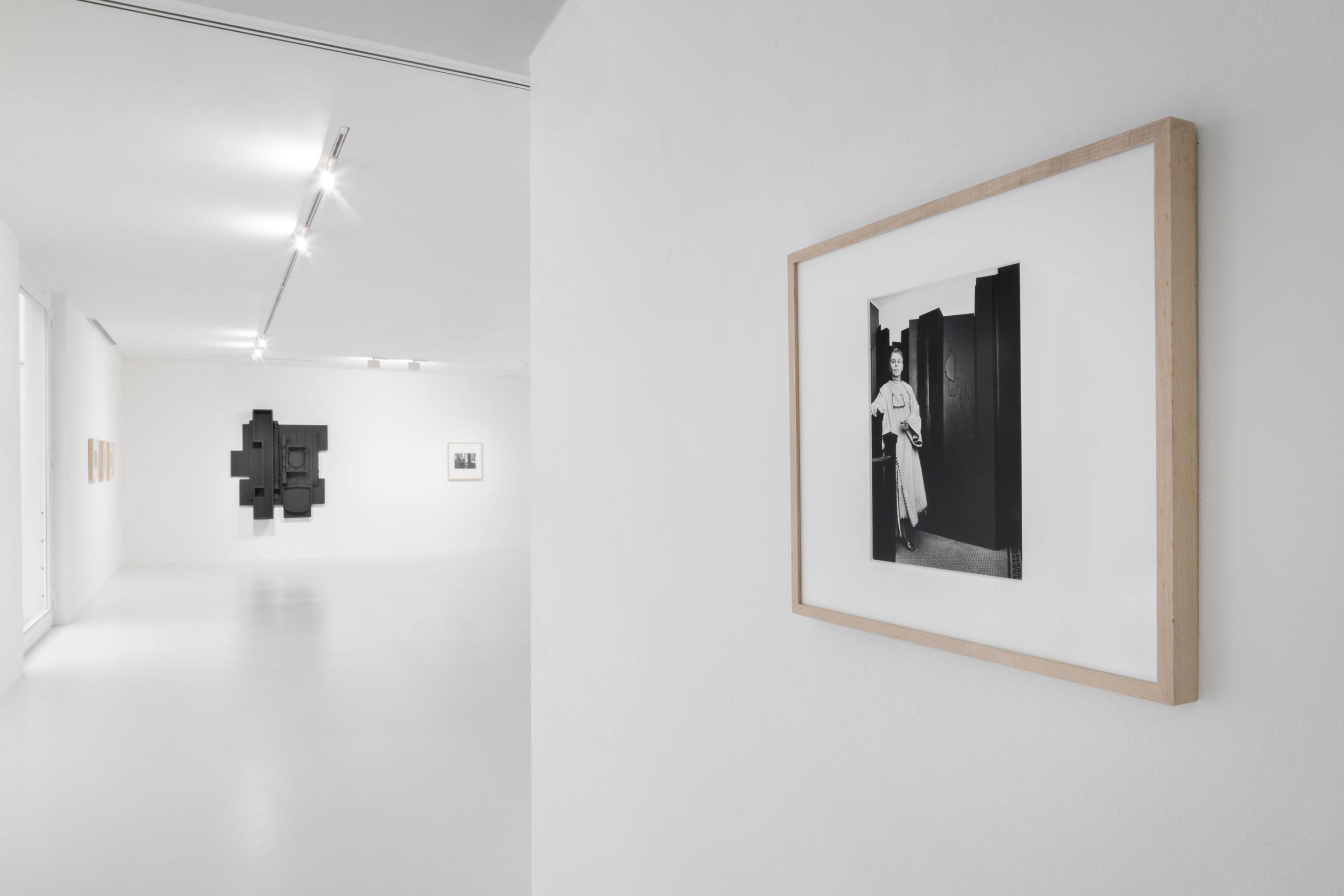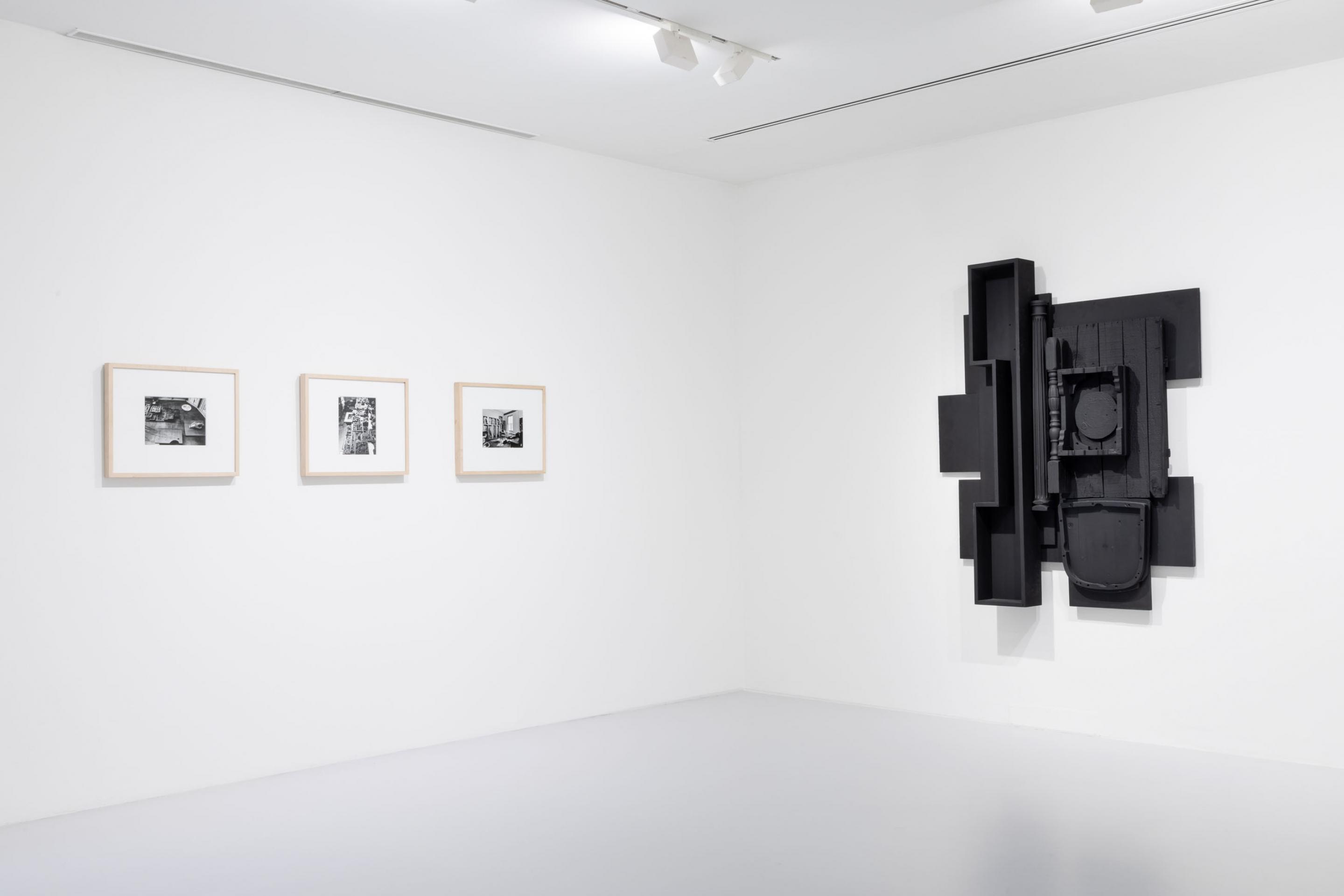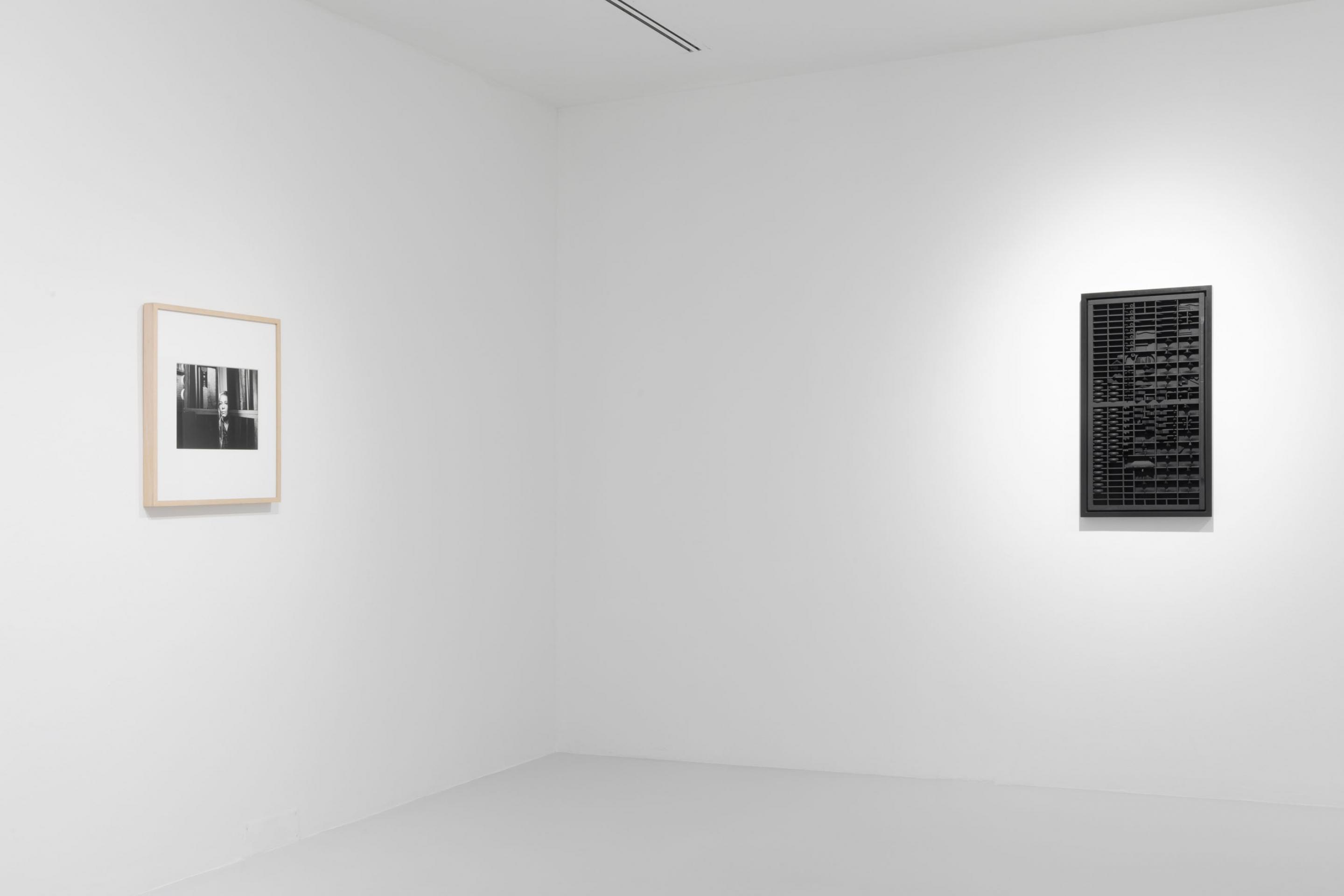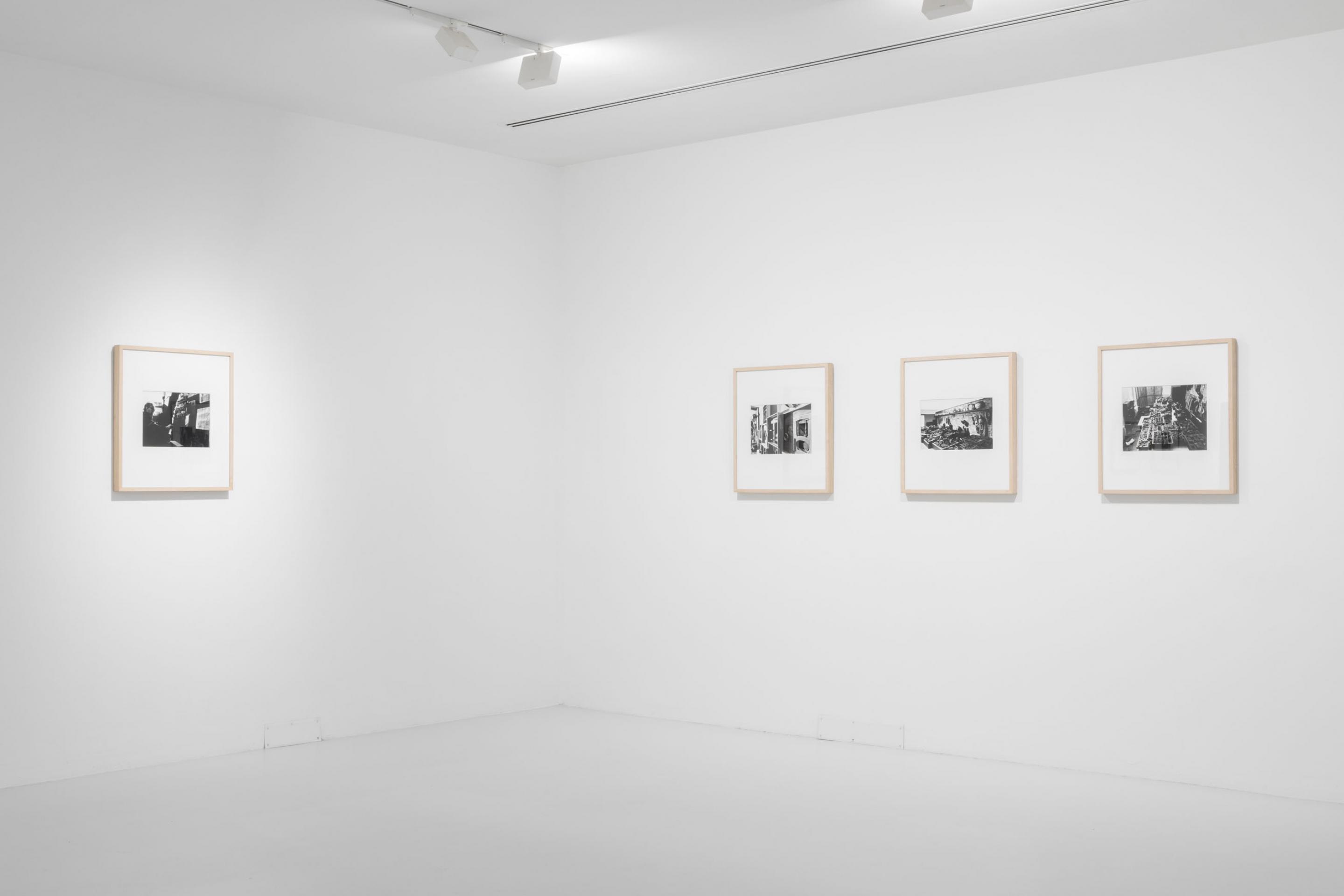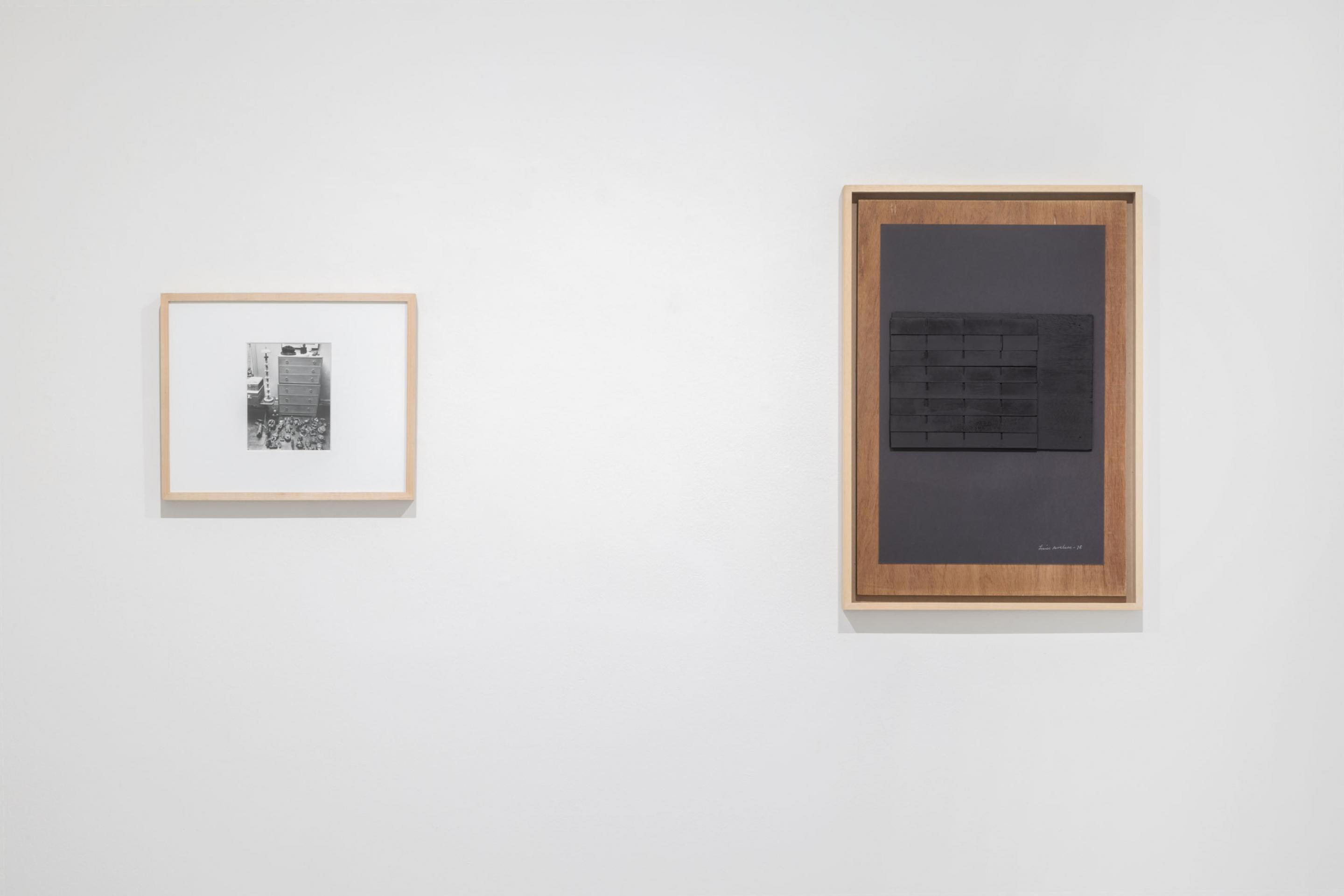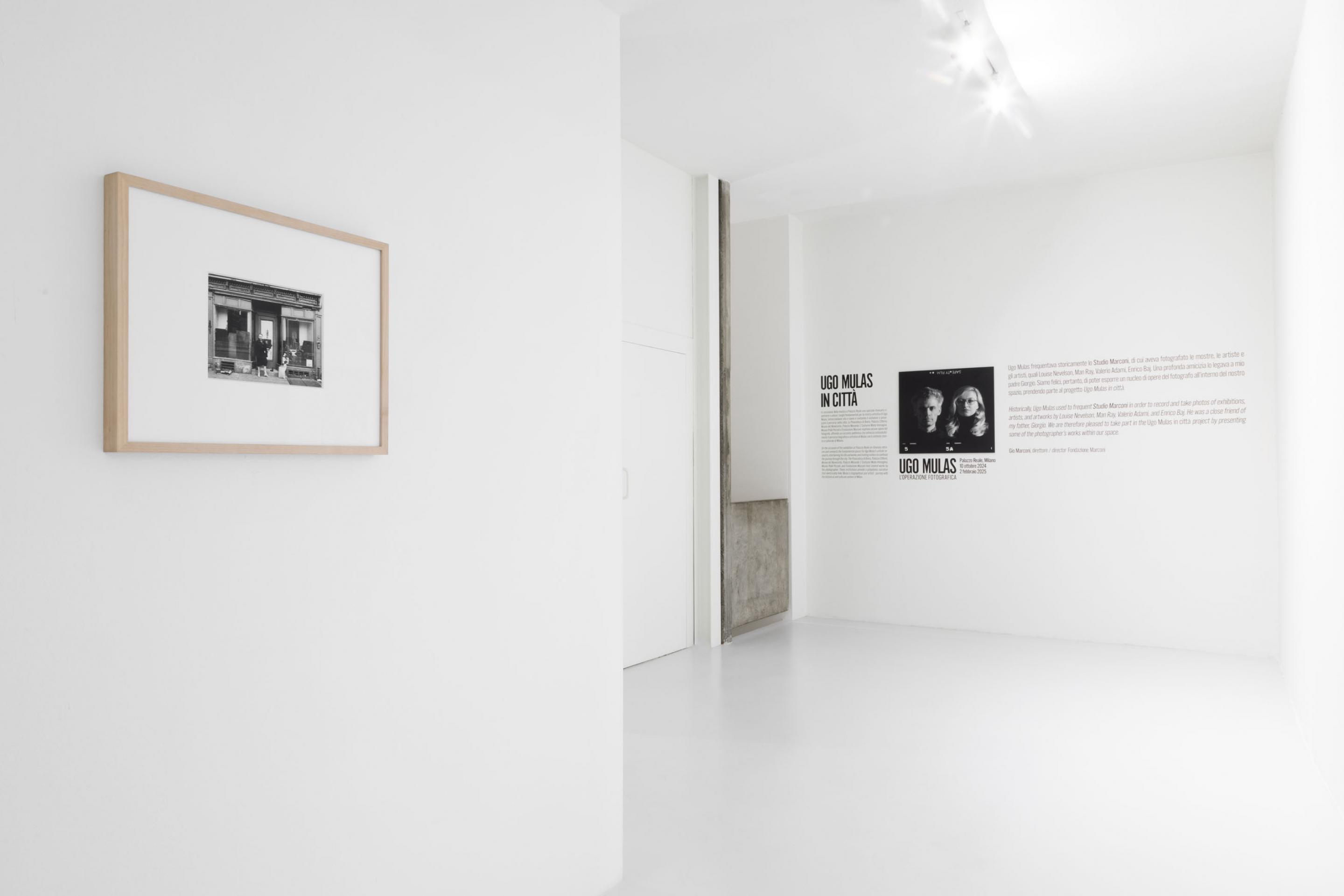UgoMULAS
UGO MULAS. Ugo Mulas in città. Curated by Alberto Salvadori
10.2024–12.2024
UGO MULAS. Ugo Mulas in città. Curated by Alberto Salvadori
10.2024–12.2024
1/9
Ugo Mulas in città, Curated by Alebrto Salvadori, 10.10.-20.12.2024, Fondazione Marconi, Milan, Ph. Fabio Mantegna
Press Release
Fondazione Marconi is pleased to announce its participation in the multi-venue project called Ugo Mulas in città, alongside the major retrospective at Palazzo Reale, Ugo Mulas. The Process of photography, promoted by the Municipality of Milan-Culture and produced by Palazzo Reale and Marsilio Arte in collaboration with the Ugo Mulas Archive, with the support of Deloitte and the patronage of the Deloitte Foundation.Curated by Denis Curti, Director of Le Stanze della Fotografia in Venice, and Alberto Salvadori, Director of the Ugo Mulas Archive, the exhibition represents one of the most extensive and detailed retrospectives to be devoted to one of Milan's most important artists, who was born in 1928 and passed away in 1973.A general reinterpretation of the work of the great photographer, to whom the city is paying an extraordinary homage, running until February 2 at Palazzo Reale.
Ugo Mulas in città, an initiative promoted by Marsilio Arte and the Municipality of Milan, was created with the aim of retracing and celebrating the key locations significant for the photographer’s artistic research and highlighting his close relationship with the city of Milan.Alongside Fondazione Marconi, other participants in this multi-venue project include the Pinacoteca di Brera, Palazzo Citterio, Museo del Novecento, Palazzo Morando | Costume Moda Immagine, and Museo Poldi Pezzoli, with Palazzo Citterio joining later. Each venue displays a selection of Ugo Mulas photographs, collectively creating an intellectual itinerary that intertwines the photographer's biographical and artistic journey with Milan's historical and cultural context.
At Fondazione Marconi, part of Ugo Mulas's 1965 New York reportage taken in the studio of Louise Nevelson, is on display. The exhibition also includes some unpublished photographs, offering a unique insight into the photographer's work and his encounter with the renowned artist.1964 marked the Biennale that brought international recognition to American art, particularly the group of Pop Art artists, with the award going to Robert Rauschenberg. Ugo Mulas, like many others, was deeply struck by this encounter, with a new approach to art-making, and immediately established strong connections with key figures, including Alan Solomon and Leo Castelli. That same year, he decided to travel to New York, embarking on what would become a legendary project, ultimately resulting in the exhibition and book New York: Art and People.
He was captivated by the city's vibrant energy, the complicity with its key figures, and the rise of a new art scene. Over the course of three months, he immersed himself in artists' studios, collectors' homes, and forged and deepened friendships with prominent figures like Jasper Johns, Larry Poons, Robert Rauschenberg, and Claes Oldenburg.Time passed quickly, and soon after returning to Italy, he planned another trip for the following year, 1965. During this stay, he photographed Louise Nevelson, her home, and her studio, producing an extraordinary reportage. Despite his limited English, Mulas felt at ease with the artist, capturing her essence, her image, and her actions within her domestic environment, the mythopoiesis that emerged, and her hieratic presence.In these images, Mulas introduces the phenomenological and conceptual innovation of his photography, which goes beyond merely documenting the artwork to interpreting and defining the artist behind it. In such a context, the act, the choice, and the gesture are crucial. Photography becomes the system capable of extracting the flow of reality, becoming the very object of its dialogue.
This is why the presence here of three works by Nevelson, alternating and dialoguing with Mulas's images, enriches the photographic narrative, showing us intimate parts of her home, such as the artist's workshop, parts of her archive of objects essential for her work assemblages, and some portraits attesting to her unique and unreachable personality.
Ugo Mulas in città, an initiative promoted by Marsilio Arte and the Municipality of Milan, was created with the aim of retracing and celebrating the key locations significant for the photographer’s artistic research and highlighting his close relationship with the city of Milan.Alongside Fondazione Marconi, other participants in this multi-venue project include the Pinacoteca di Brera, Palazzo Citterio, Museo del Novecento, Palazzo Morando | Costume Moda Immagine, and Museo Poldi Pezzoli, with Palazzo Citterio joining later. Each venue displays a selection of Ugo Mulas photographs, collectively creating an intellectual itinerary that intertwines the photographer's biographical and artistic journey with Milan's historical and cultural context.
At Fondazione Marconi, part of Ugo Mulas's 1965 New York reportage taken in the studio of Louise Nevelson, is on display. The exhibition also includes some unpublished photographs, offering a unique insight into the photographer's work and his encounter with the renowned artist.1964 marked the Biennale that brought international recognition to American art, particularly the group of Pop Art artists, with the award going to Robert Rauschenberg. Ugo Mulas, like many others, was deeply struck by this encounter, with a new approach to art-making, and immediately established strong connections with key figures, including Alan Solomon and Leo Castelli. That same year, he decided to travel to New York, embarking on what would become a legendary project, ultimately resulting in the exhibition and book New York: Art and People.
He was captivated by the city's vibrant energy, the complicity with its key figures, and the rise of a new art scene. Over the course of three months, he immersed himself in artists' studios, collectors' homes, and forged and deepened friendships with prominent figures like Jasper Johns, Larry Poons, Robert Rauschenberg, and Claes Oldenburg.Time passed quickly, and soon after returning to Italy, he planned another trip for the following year, 1965. During this stay, he photographed Louise Nevelson, her home, and her studio, producing an extraordinary reportage. Despite his limited English, Mulas felt at ease with the artist, capturing her essence, her image, and her actions within her domestic environment, the mythopoiesis that emerged, and her hieratic presence.In these images, Mulas introduces the phenomenological and conceptual innovation of his photography, which goes beyond merely documenting the artwork to interpreting and defining the artist behind it. In such a context, the act, the choice, and the gesture are crucial. Photography becomes the system capable of extracting the flow of reality, becoming the very object of its dialogue.
This is why the presence here of three works by Nevelson, alternating and dialoguing with Mulas's images, enriches the photographic narrative, showing us intimate parts of her home, such as the artist's workshop, parts of her archive of objects essential for her work assemblages, and some portraits attesting to her unique and unreachable personality.
